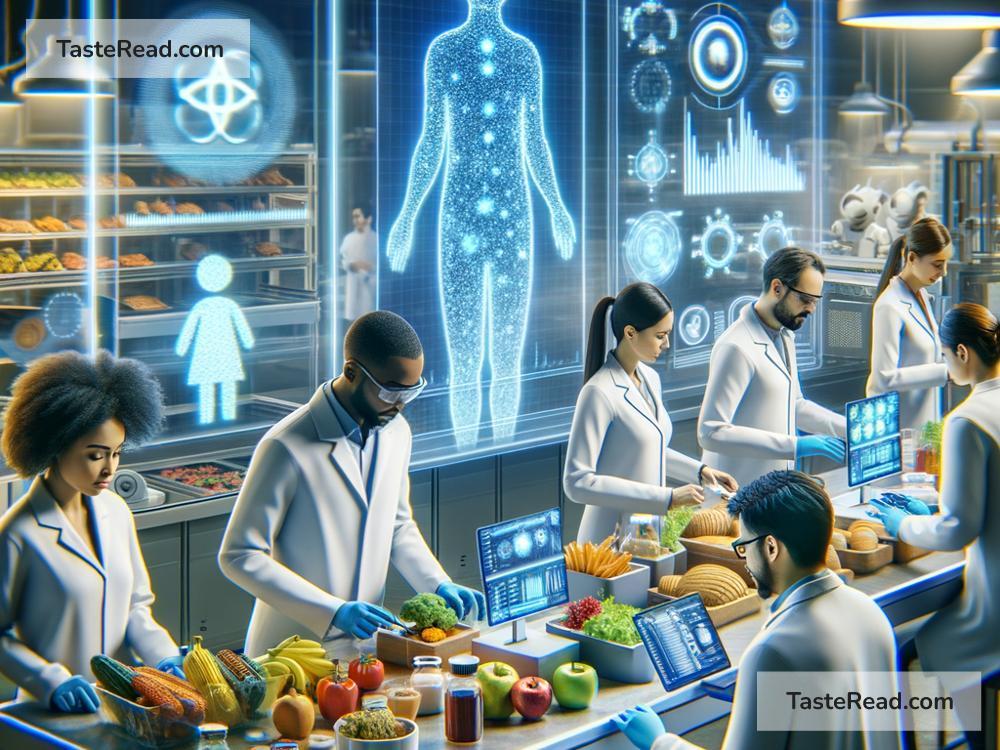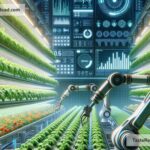The Future of Food Safety Technology: Keeping Our Plates Safe
Food safety is an important topic that impacts everyone. Millions of people around the world rely on safe food for their health and well-being. However, ensuring food is safe to eat is not always easy. Contamination, improper storage, and human error can lead to serious health problems. Fortunately, technology is helping us solve these issues and make our food safer. Let’s explore how food safety technology is evolving and what the future holds in this fascinating area.
Why Do We Need Better Food Safety?
Before diving into the amazing technologies, let’s first understand why improving food safety is so critical. Every year, millions of people suffer from foodborne illnesses caused by bacteria, viruses, and even chemicals in food. It’s estimated that around 600 million cases of foodborne illness occur globally each year, according to the World Health Organization. This can lead to serious health problems, missed work, hospitalizations, and, in extreme cases, even death.
The food we eat passes through so many stages—from farms to factories to grocery stores to our kitchens. At any stage, problems can occur, whether it’s contamination during production, improper packaging, or poor handling by consumers. Traditional methods of ensuring safety, like manual inspections and testing, have limitations. Thankfully, technology is stepping in to revolutionize this process.
Smart Packaging: Your Food Can Talk to You
One exciting development in food safety is the rise of smart packaging. Imagine your milk carton or meat package being able to tell you whether the product is still safe to consume. Smart packaging uses sensors, barcodes, or even nanotechnology to monitor the condition of food.
For example, some packages can detect temperature changes and alert you if the product has been stored outside the safe range. Others can sense the growth of bacteria or changes in pH levels, letting you know if the food has spoiled. These innovations can help consumers make better choices and reduce food waste.
In the future, smart packaging could become a standard feature in grocery stores, making it easier for everyone to confidently purchase and consume food.
Artificial Intelligence (AI): Smarter Than Ever
Artificial intelligence is another tool that’s transforming food safety. AI can analyze huge amounts of data quickly, making it easier to identify risks in the food supply chain. For example, AI systems can monitor production lines in real time and detect problems such as contamination or equipment failure.
AI can also predict outbreaks of foodborne illnesses by analyzing trends and historical data. Governments and food companies can use these insights to act faster when issues arise—sometimes even before contaminated products hit store shelves.
In the future, AI-powered robots could work alongside humans to inspect food manufacturing plants, ensuring every step meets strict safety standards.
Blockchain Technology: Transparency from Farm to Fork
One of the biggest challenges in food safety is tracking where food comes from. When there is an outbreak of foodborne illness, it can take weeks for investigators to trace the problem to its source.
Blockchain technology is changing that. Blockchain creates a digital record of every step in the food supply chain, from the farm where food is grown to the grocery store shelf. These records are tamper-proof and highly transparent, making it easier to identify problems quickly.
For example, if a batch of lettuce is found to be contaminated, blockchain can pinpoint which farms and shipments were involved. This allows recalls to be more precise and prevents safe food from being wasted.
In the future, blockchain technology could be widely used by farmers, food manufacturers, and retailers to ensure accountability and prevent errors.
Advanced Sensors: Science Beneath the Surface
Sensors play a huge role in the future of food safety technology. These devices can detect invisible threats, like harmful bacteria or pesticide residues, without needing traditional lab testing.
For instance, handheld scanners equipped with sensors can analyze fruits and vegetables to detect contamination in seconds. This technology can help farmers, grocery store workers, and even consumers verify food quality on the spot.
New sensors are also being developed to work inside refrigerators and storage facilities. These advanced devices monitor air quality, moisture, and other factors that can impact food safety.
Over time, sensors will become smaller, faster, and more affordable, making them widely accessible to households and food businesses alike.
Robots and Automation: The Future Workforce
Robots are already being used in many industries, and food safety is no exception. Automated systems can handle repetitive tasks, such as sorting, packaging, and inspecting food. They are faster, more accurate, and less likely to make mistakes than human workers.
For example, robots equipped with cameras and sensors can scan fruits and vegetables for damage or contamination. They can also sort food into categories, ensuring the highest quality products make it to consumers.
In the future, automation may expand into areas like cleaning and sterilizing factories, removing any traces of bacteria before production begins.
What’s Next?
The future of food safety technology is bright and full of possibilities. With smart packaging, artificial intelligence, blockchain, advanced sensors, and robots, our food supply chains will become safer, more efficient, and more transparent. These innovations will not only prevent foodborne illnesses but also reduce waste, improve accountability, and make our lives easier.
As consumers, we can look forward to a world where we’ll have more confidence in the foods we eat and feed to our families. Thanks to these groundbreaking advancements, the future of food safety is not just about protecting our health—it’s about building a system we can trust.
So, the next time you sit down for a meal, remember that technology is hard at work behind the scenes, ensuring your food is safe and ready to enjoy!
This exciting journey is just beginning, and the possibilities are truly endless. Stay tuned, because the future of food safety technology is one you’ll want to watch closely!


